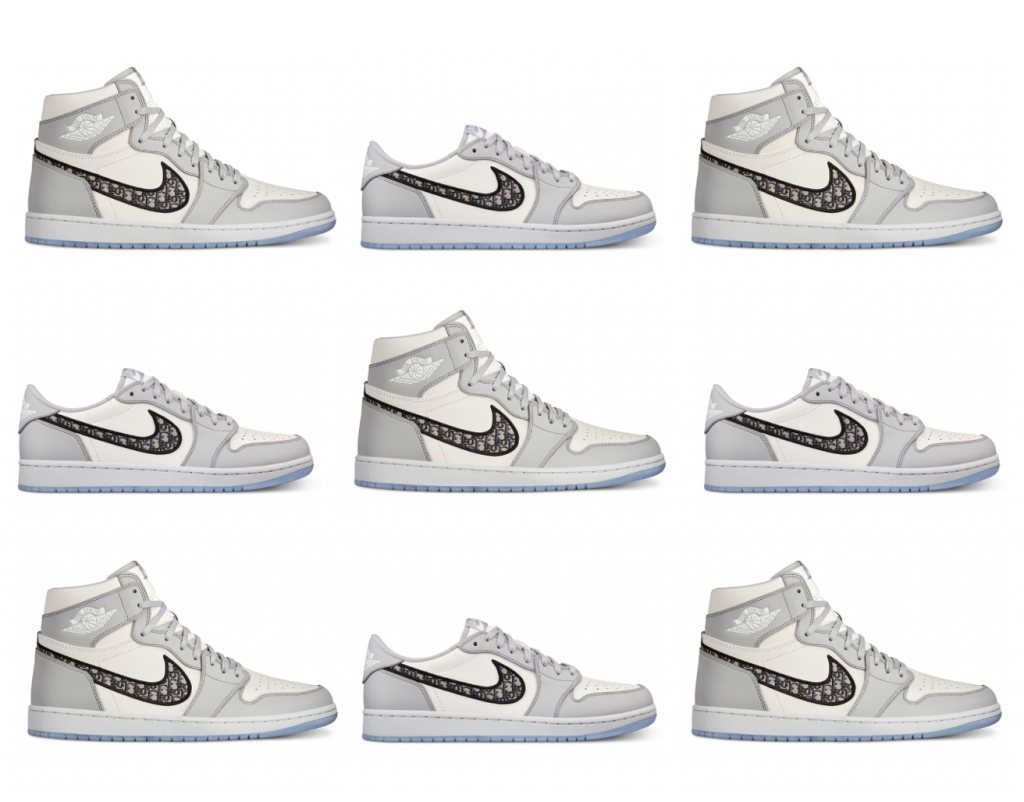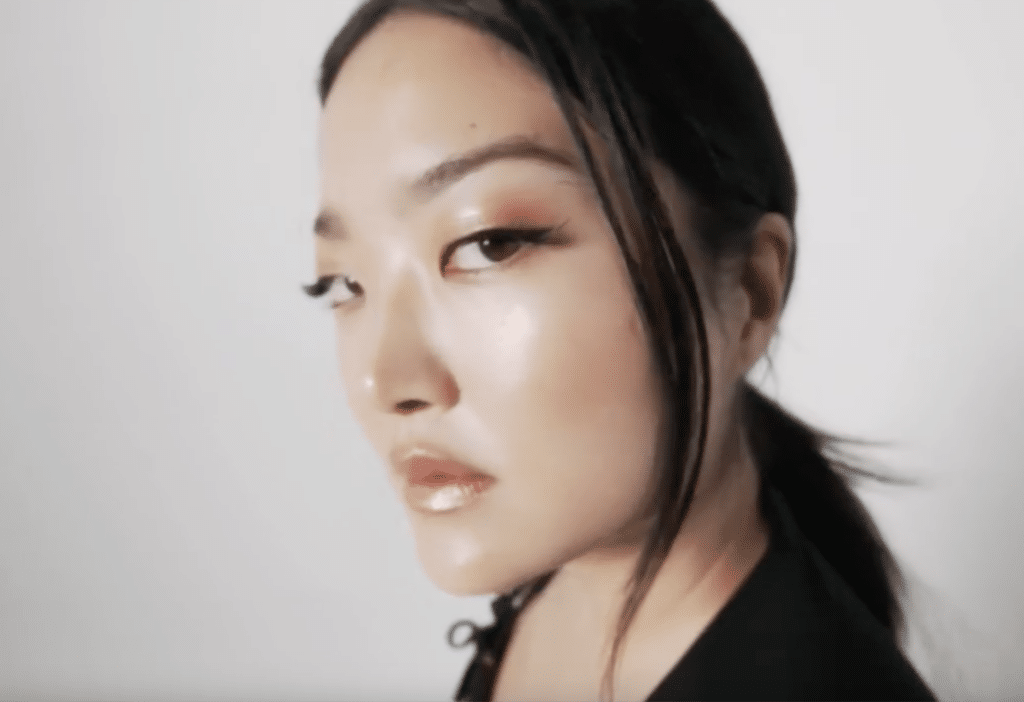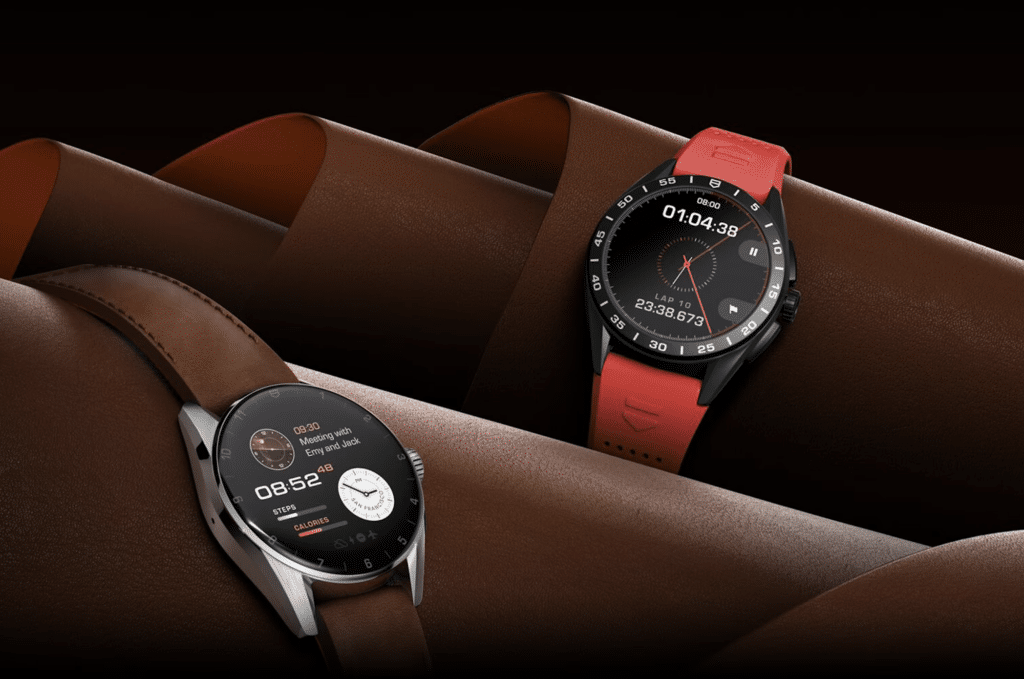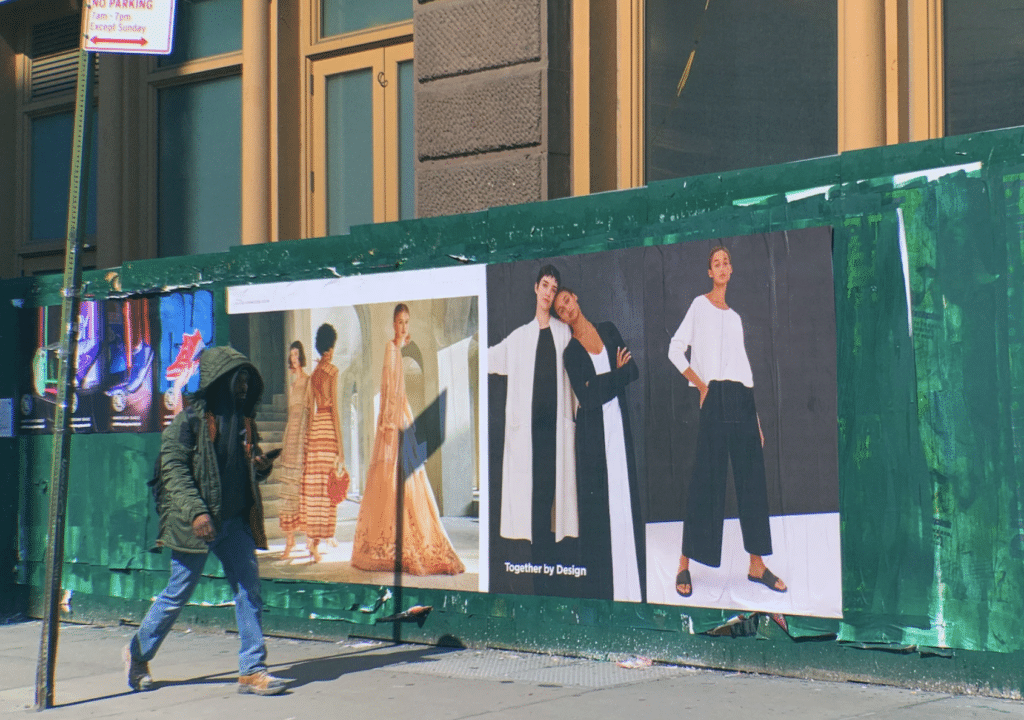Customs and Border Patrol (“CBP”) officers in Minneapolis announced this week that they seized two in-bound shipments from Laos containing counterfeit goods that would be worth upwards of $550,000 if authentic. “The shipments were manifested as clothes,” CBP stated in a release on January 25, but “due to various inconsistencies, poor quality, and incorrect packaging, an Import Specialist inspected the items” – which turned out to be handbags, wallets, fanny packs, and phone cases with logos from brands like Gucci, Louis Vuitton, and Chanel, among others – and deemed that “they were in violation of CBP trademark and copyright codes.”
The seized shipments – which closely follow from a January seizure of $8.72 million worth of fake Cartier Love bracelets in two busts in Cincinnati, Ohio, and Louisville, Kentucky – are a couple of the latest efforts by the government agency to crack down on the global counterfeit trade, which saw CBP confiscate a whopping $1.3 billion worth of counterfeit goods in the U.S. for Fiscal Year 2020, the law enforcement organization revealed this week. (The value of 2020’s seizures is actually down compared to the $1.5 worth of counterfeit goods seized by CBP in 2019).
In addition to seizing an “astonishing” amount of counterfeit PPE, test kits, and COVID-related medications throughout the year, the market for infringing luxury goods was all-but-halted by the onset and enduring impact of the COVID-19 pandemic. In fact, among some of CBP’s most striking busts of 2020 were ones involving black market fashion products. For example, a bust in Los Angeles in December made headlines after CBP seized counterfeit goods – from counterfeit pharmaceuticals to a host of Gucci, Louis Vuitton, Dior, Yeezy, MCM, and Fendi handbags, footwear and/or small leather goods – that would have been worth an estimated $32.2 million if authentic.
That came after a $9.3 million seizure of counterfeit Chanel, Gucci, Louis Vuitton, and Yeezy goods that “originated in China and was destined for McKinney, Texas,” and an August seizure in furtherance of which the federal law enforcement agency took more than $4.3 million in fake goods – including more 1,800 pairs of Air Jordan 1 OG Dior sneakers – into its custody. That bust came less than two months after Dior first released the authentic version of the in-demand sneakers, which sold for as much as $2,200 at initial sale and far more at resale.
As we noted this summer, such largescale CBP busts show that the trade in fakes has proven resilient in the face of a global pandemic and the large-scale market volatility that has come as a result, and to a large extent, the pandemic has even accelerated the sweeping global counterfeit market in some ways. “The internet being a gateway to counterfeits reaching consumers is nothing new,” according to Rouse trademark lawyer Maura Canavan. “However, the COVID-19 pandemic has given rise to a dramatic increase in those sales, adding new and alarming trends to the pre-existing issue.”
“The tremendous growth in global e-commerce has ‘fueled the fire’ [for the sale and distribution of counterfeits], as demonstrated by the speed and depth at which counterfeiters were able to quickly infiltrate supply chains,” she says. And this was “further accelerated by wide-scale restrictions and apprehension among buyers to visit physical stores.”
Specifically speaking, Canavan claims that in much the same way that many legitimate brands and retailers have scrambled to prioritize their digital operations in the face of COVID, “infringers quickly adapted to the shift in shopping behavior from offline to online” – making use of avenues, such as online marketplaces, illicit websites, dark web markets, and social media platforms to hawk counterfeit goods. All the while, “Complicated transborder supply chains and the growing role of e-commerce in retail sales has left rights holders more vulnerable than before,” particularly given that “e-commerce regulations in many developing countries are still evolving, thereby, giving unscrupulous third-party sellers a golden opportunity.”
The COVID-19 pandemic and the counterfeiters’ response to it has highlighted to authorities and right holders the need for “a more responsive, sophisticated and ever-evolving anti-counterfeiting strategy,” Canavan notes, pointing to a few key things are worthy of rights holder attention. Among them: Free Trade Zones.
“There is strong evidence globally that Free Trade Zones are conduits for counterfeit trade, as counterfeits flow through them largely undetected due to a lack of proper governance of the businesses that operate through them.” She notes that while the Organization for Economic Co-operation and Development adopted a formal recommendation to enhance transparency in Free Trade Zones in October 2019, it “has not been able to get much traction yet.”
At the same time, Canavan says that governments “must continue to assess how anti-money laundering provisions can be more easily integrated and promoted to tackle counterfeits and proceeds of crime within local enforcement mechanisms,” and all the while, better cooperation between rights holders, intermediary service providers, and authorities in developing countries is necessary in order to develop “offensive brand protection strategies to stop these counterfeiters in their tracks quickly.”
As for CBP, the agency says that brands need to be aware of the ever-increasing sophistication of counterfeit sellers and the quality of their offerings. Speaking on the heels of the confiscation of more than $8 million worth of fake Cartier Love bracelets this month, Thomas Mahn, Port Director-Louisville, said, “Driven by the rise in e-commerce, the market for counterfeit goods in the United States has shifted in recent years from one in which consumers often knowingly purchased counterfeits to one in which counterfeiters try to deceive consumers into buying goods they believe are authentic.”
“Consumers are unaware that they are buying a [fake] product because the counterfeit is just that good.”














